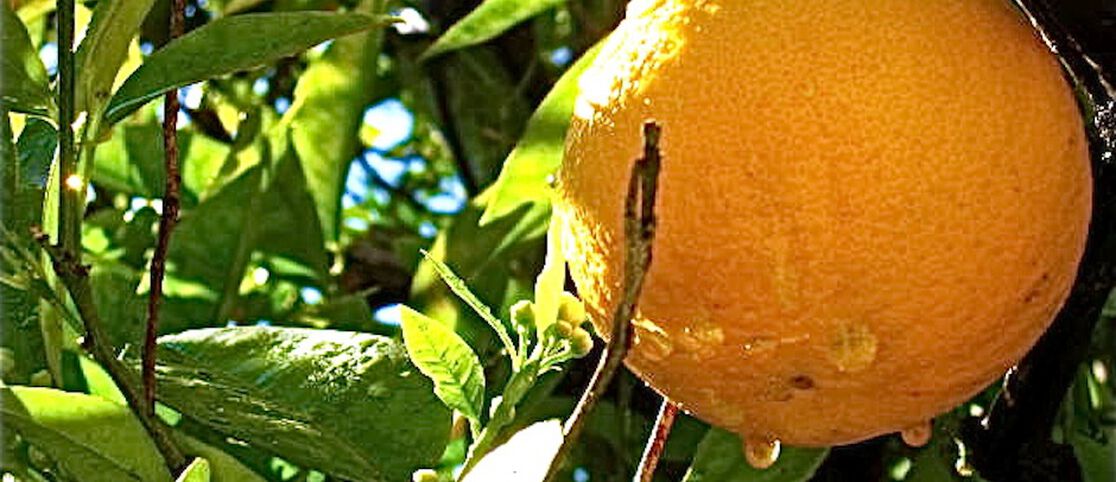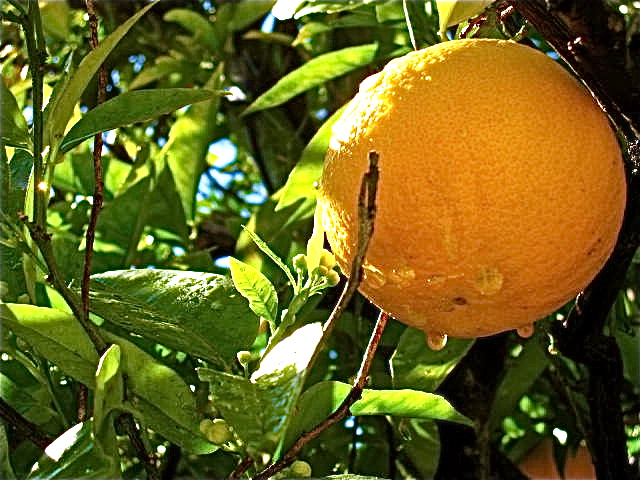Spring is in the air, which means farmers’ markets are overflowing with tasty seasonal produce, blooming with vibrant flowers, and bustling with activity. This makes heading there a fun warm-weather activity for the entire fam. Who doesn’t love sampling ripe berries or the perfect tomato?
But beyond taste testing, it can be hard to pick the best spring produce. Instead of aimlessly knocking on fruit and bringing home less-than-stellar veggies, check out our tips on what to look for this time of year.
Artichokes. Low in calories and fat, the artichoke is rich in dietary fiber and a great source of folic acid, vitamin C, and antioxidants. Look for artichokes with nicely colored, tight, compact leaves and fresh-cut stems. Supposedly, if you gently squeeze the leaves a really fresh artichoke will squeak. Try grilling this veggie (which is really a flower) by cutting it in half, removing the choke, rubbing with olive oil, and grilling over low-to-moderate heat until tender—about 30 minutes.
Asparagus. Fresh asparagus is a good source of antioxidants, folates, and iron. Because it’s most flavorful in the spring, look for firm, straight, smooth spears that are green and purple in color and have closed tips; avoid ones that are beginning to wilt. To enjoy, roast it! Simply drizzle the trimmed stalks with olive oil, sprinkle it with salt, and roast at 450 degrees F for about 15 minutes. Or, similarly, try the grill.
Beets. The heart-healthy root veggie is a beautiful addition to any salad, meal, or juice—the colors are so tempting! Look for fresh, bright, and firm beets with their greens still attached. Skip the oversized and soft variety. To remove any soil, sand, and other grime from the beet, try our Fruit + Veggie Wash.
Citrus. Navel oranges, grapefruits, and tangerines are great alternatives to dessert, make surprising but pleasing additions to salads, and are an excellent source of vitamin C and fiber like pectin. Look for fruit that is bright in color, firm, but gives to gentle pressure.
Peas. As one of the most nutritious legumes, peas come into season in the spring and continue in most areas well into summer. While shopping for peas, search for pods that are smooth, full, and evenly colored (no yellow). Consider tossing peas into your favorite pasta or making a pesto or hummus.
Radishes. This root veggie is at its flavorful, crunchy best in the spring. Look for a veggie with a smooth and firm root (no cracks in the surface) and vibrant greens that have not yellowed. Remove the green tops once you’re home because they rob the nutrients from the root.
Rhubarb. Fresh rhubarb is abundant in markets beginning in April. The rose-hued vegetable is rich in B-complex vitamins, fiber, antioxidants, as well as a good source of vitamin K. Pick out fresh stalks that are bright red, firm, crispy (like celery), and free of blemishes. Take them home and enjoy in a pie!
Strawberries. We couldn’t wait for the return of these sweet berries full of great phytonutrients, minerals, and vitamins. Skip strawberries with yellow, green, or discolored patches—it’s a sign that the fruit was harvested too soon before ripening. And try to get organic if possible, as strawberries are on EWG’s Dirty Dozen list.
We aim to provide you with the most honest and credible information possible. This article was reviewed for accuracy by The Honest Team and was written based on sources that are linked at the bottom of the article.
blog_review_statement




